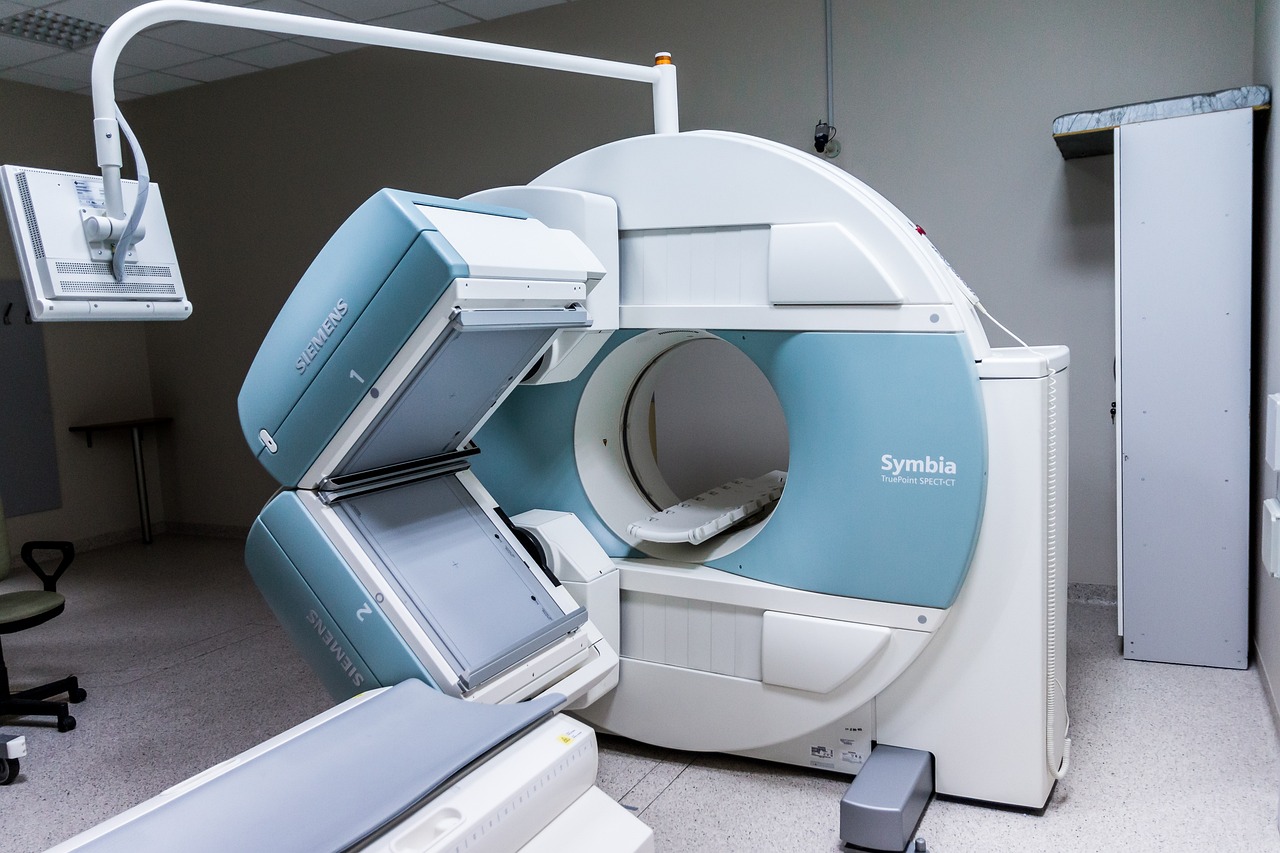The Role of Medical Imaging in Early Detection and Diagnosis of Diseases
Everyone has heard the adage, “prevention is better than cure“, but for those with life-changing disabilities, the value of early detection and diagnosis of diseases cannot be overstated.
Medical imaging has emerged as a key player in this process, providing important insights into the inner functioning of the human body.
This article will explore the role of medical imaging in early disease detection, explore the transformative power of technology, and discuss how these advancements benefit people with disabilities.
The Significance of Early Detection and Diagnosis
Detecting and diagnosing diseases in their earliest stages is crucial for several reasons:
- Improved treatment outcomes: Early intervention can improve the effectiveness of treatments, allowing individuals to manage their symptoms better and potentially slow down disease progression.
- Reduced healthcare costs: Early diagnosis can help reduce long-term healthcare costs by preventing or delaying the need for more invasive and costly treatments.
- Enhanced quality of life: Early disease detection and treatment can make a huge difference in people with disabilities’ overall wellbeing and ability to participate in daily activities.
The Power of Medical Imaging Technologies
Medical imaging encompasses a wide array of technologies that enable healthcare professionals to visualize the internal structures and functions of the body. Some of the most common imaging methods include:
- X-rays
- Magnetic Resonance Imaging (MRI)
- Computed Tomography (CT) scans
- Ultrasound
- Positron Emission Tomography (PET) scans
Each of these techniques offers unique advantages and capabilities, allowing doctors to diagnose and monitor a diverse range of conditions.
For instance, Express MRI is an innovative company that expedites the imaging process, making it more accessible and convenient for patients with mobility impairments or those who may find traditional MRI scans challenging to access.
Revolutionizing Medical Imaging for Disabled Individuals
MRI scans have emerged as a game-changer in the world of medical imaging, thanks to their potential to streamline the diagnostic process for disabled individuals.
Here are some of its key benefits:
- Faster scan times: MRIs significantly reduce the time required to complete a scan, minimizing discomfort and easing the anxiety that some patients may experience during the procedure.
- Improved image quality: By harnessing advanced technology, MRI scans offer high-resolution images, enabling healthcare professionals to detect and diagnose diseases more precisely.
The Future of Medical Monitoring and Its Impact on the Disabled Community
The future of medical imaging is bright, with ongoing research and development efforts seeking to enhance the capabilities of existing technologies and explore new diagnostic methods. Some promising areas of innovation include:
- Artificial intelligence (AI): AI algorithms are being developed to evaluate medical images more quickly and accurately, which could lead to earlier disease detection and diagnosis.
- Wearable technology: Innovative wearable devices that monitor various health parameters could help identify early warning signs of illness, allowing for timely intervention.
- Telemedicine: Individuals with disabilities, particularly those who live in rural or remote areas with limited access to healthcare facilities, may benefit from remote diagnostic services.
Conclusion
As medical imaging technologies continue to advance, their role in the early detection and diagnosis of diseases will only grow more critical. MRI scans and other innovations have the potential to improve access to critical diagnostic services and empower people with disabilities to manage their own health.

